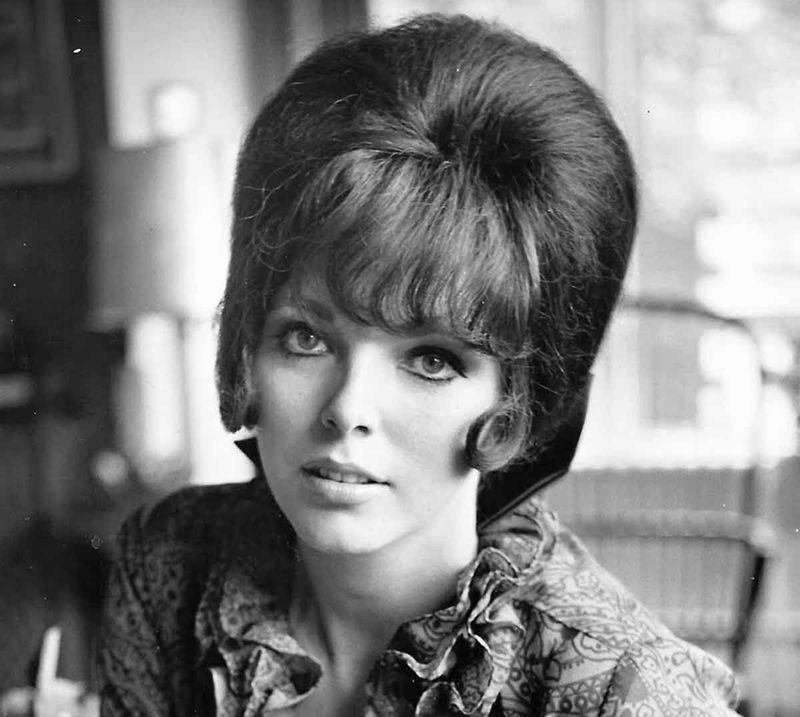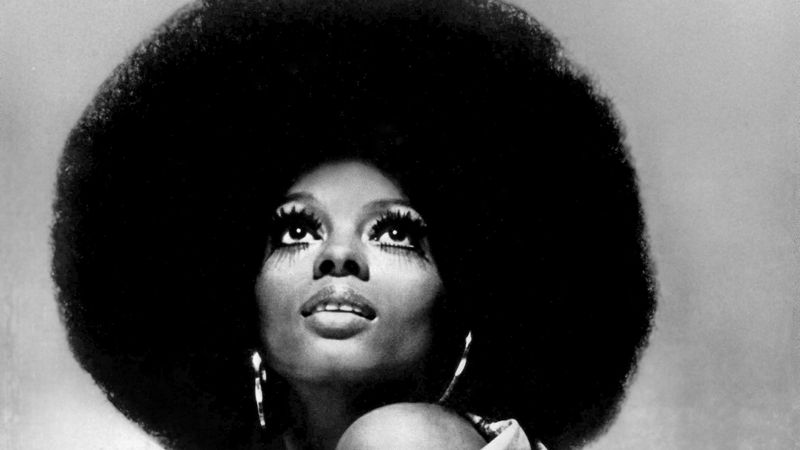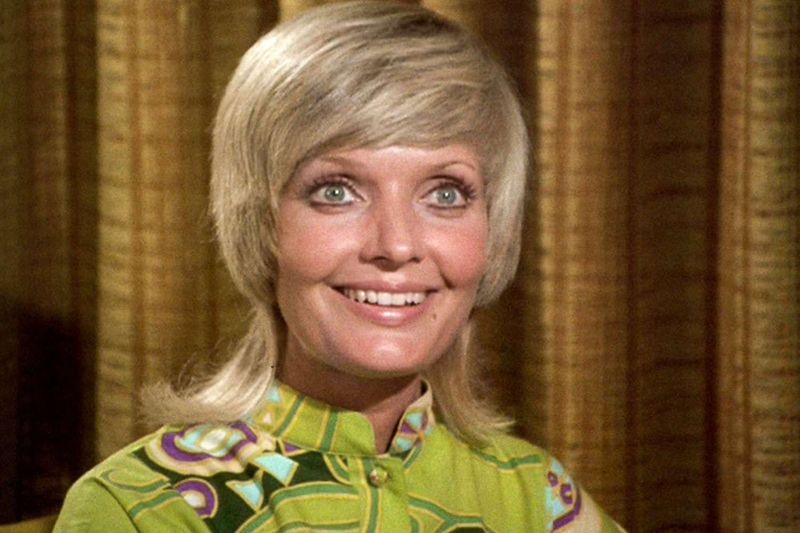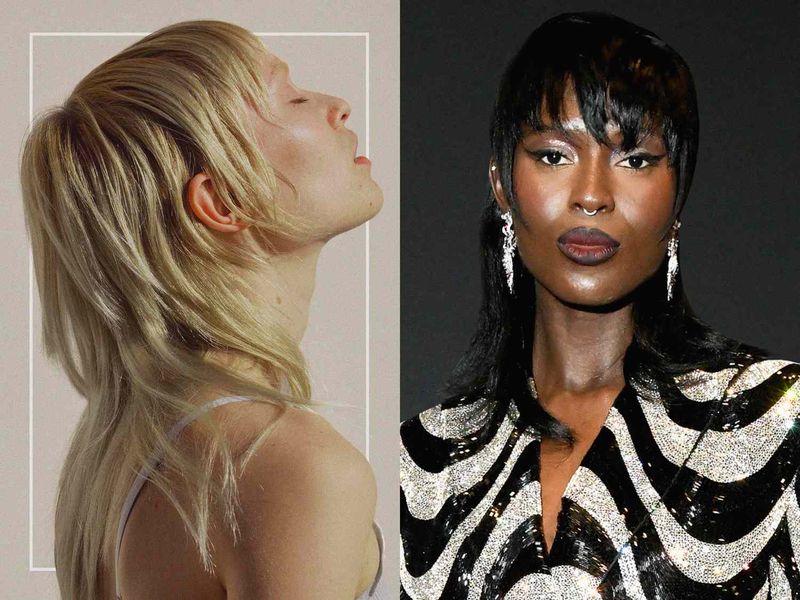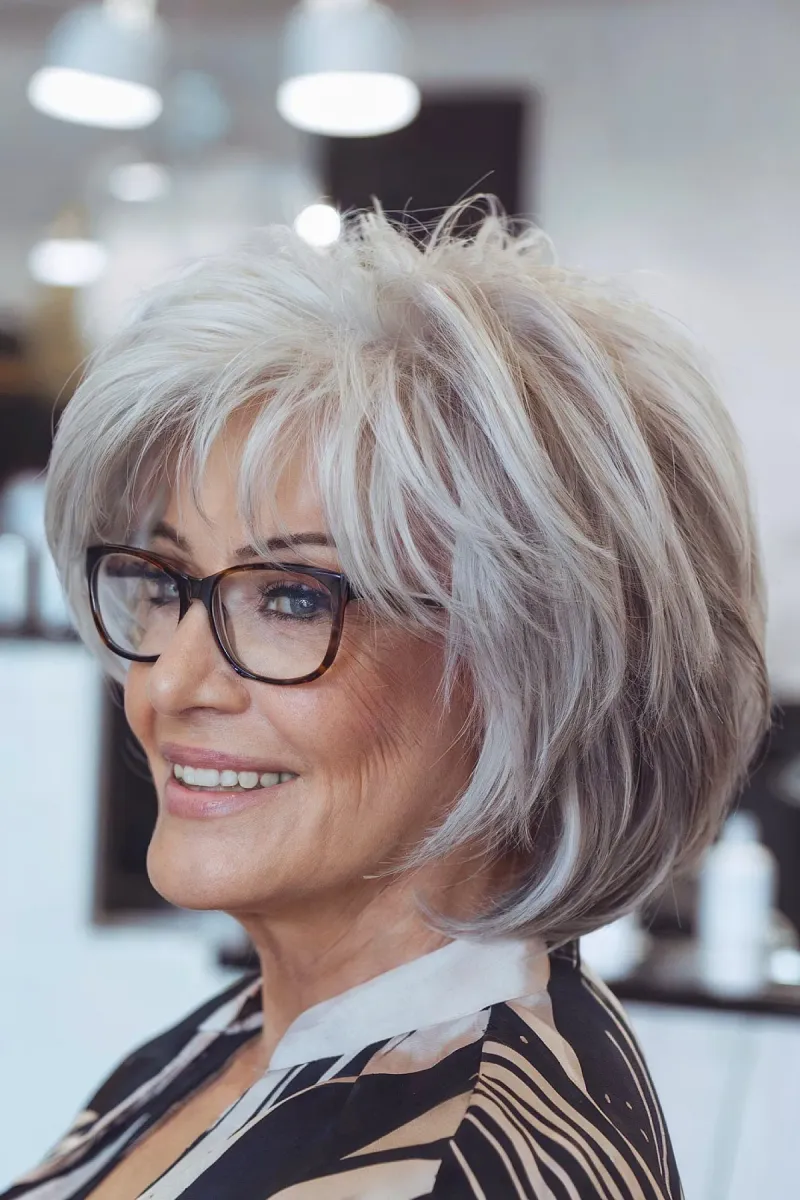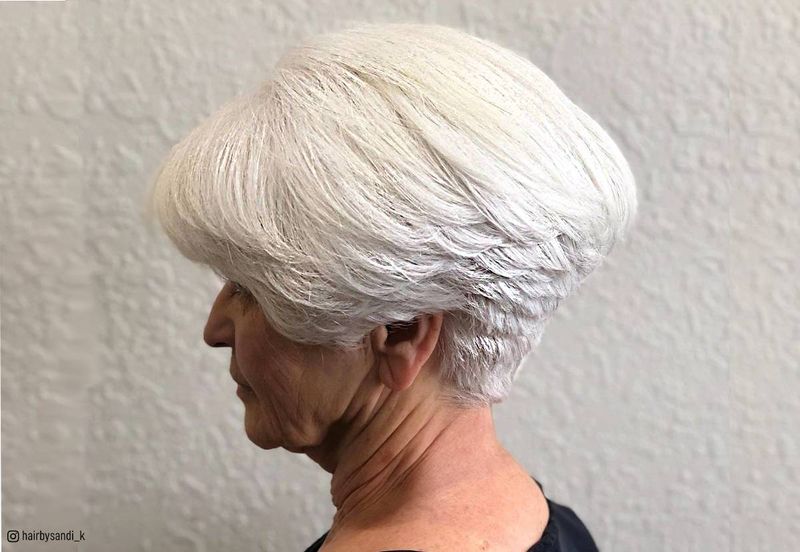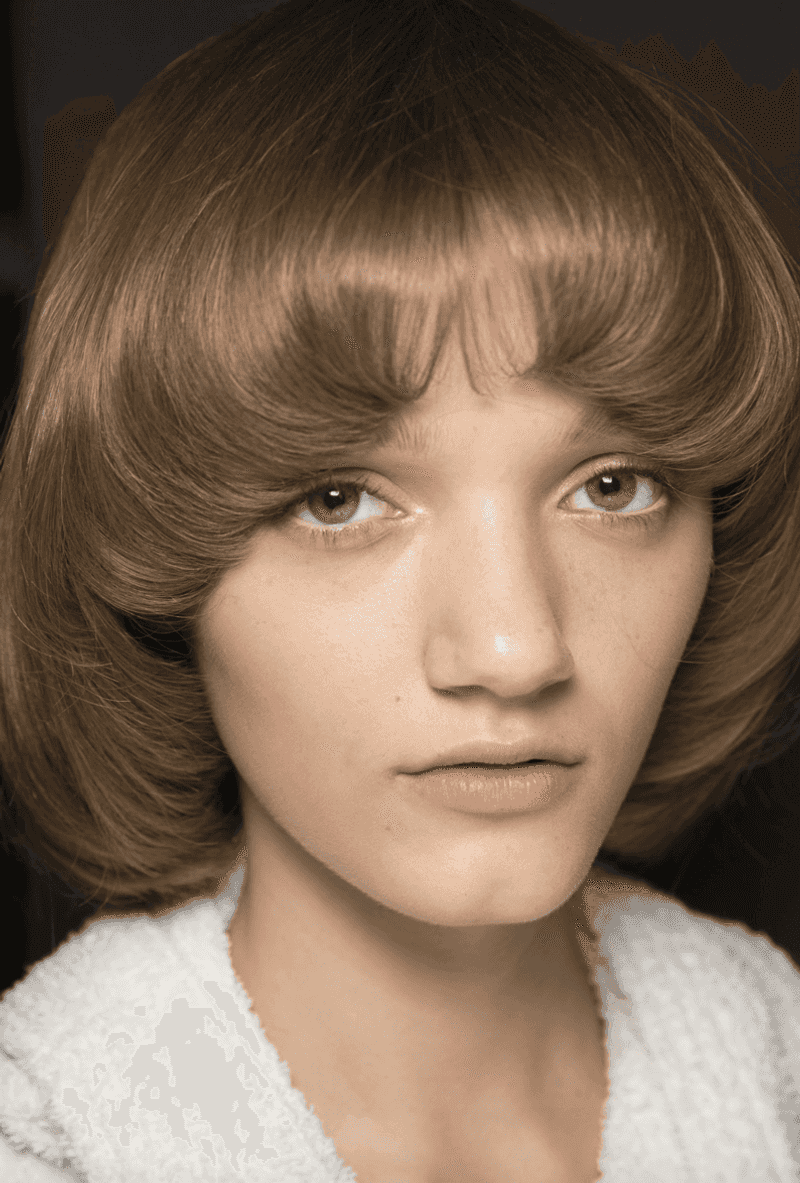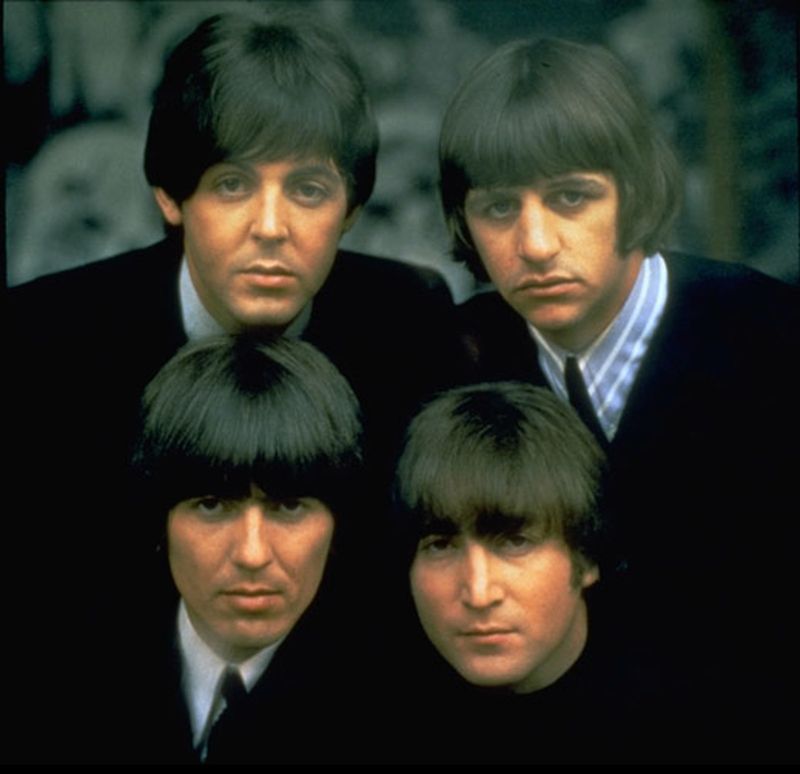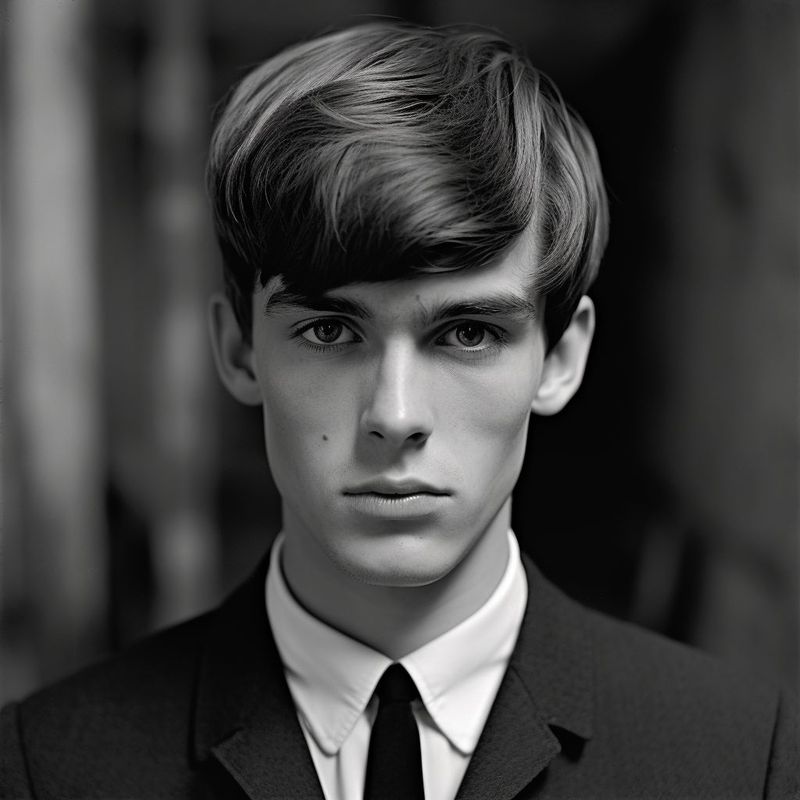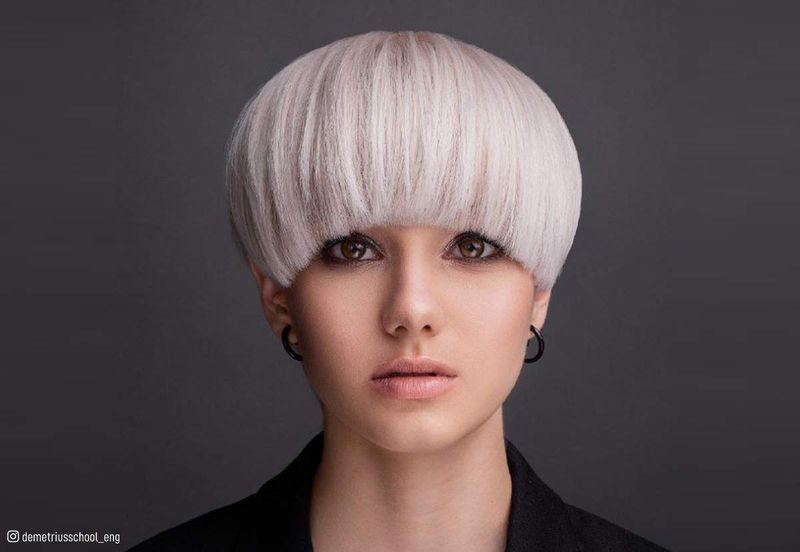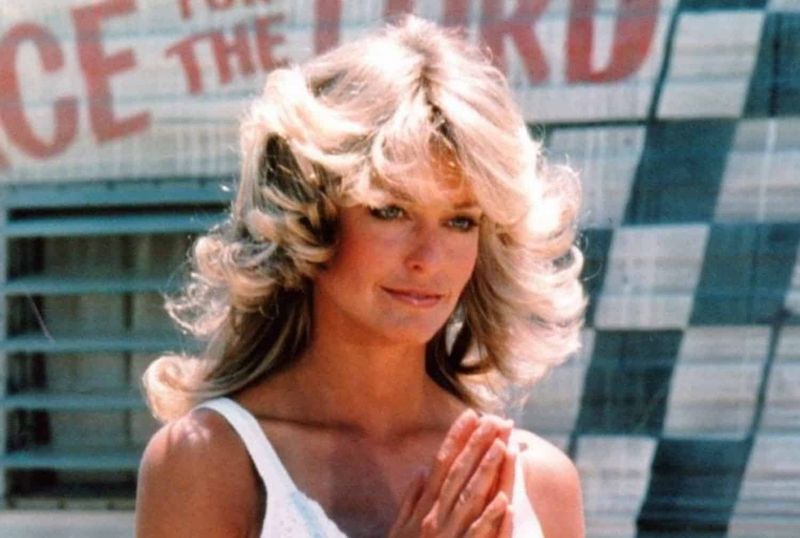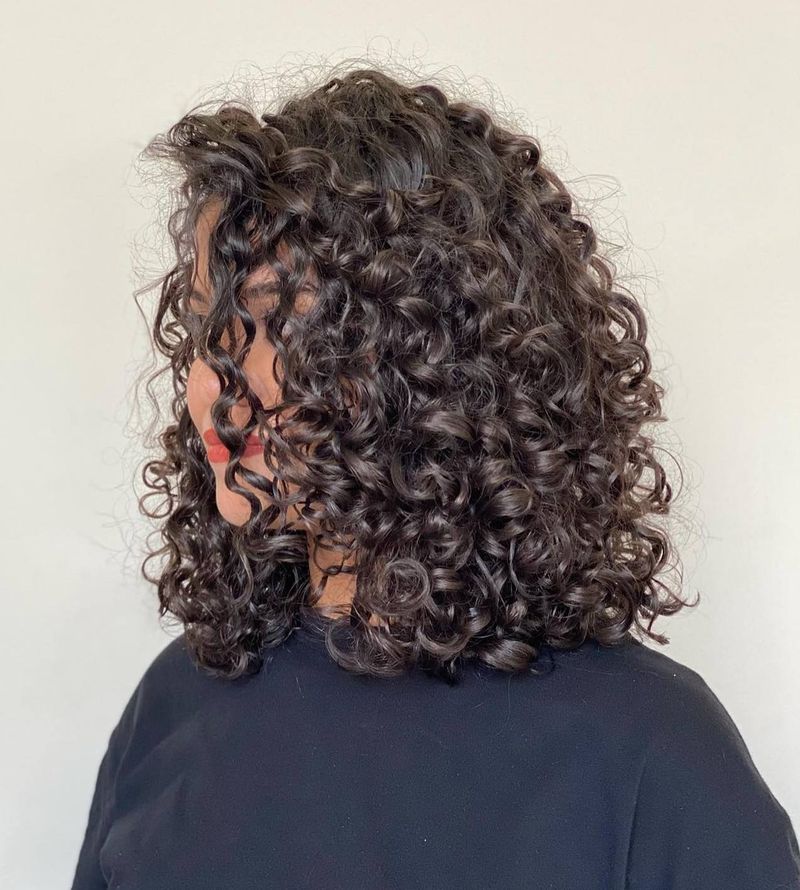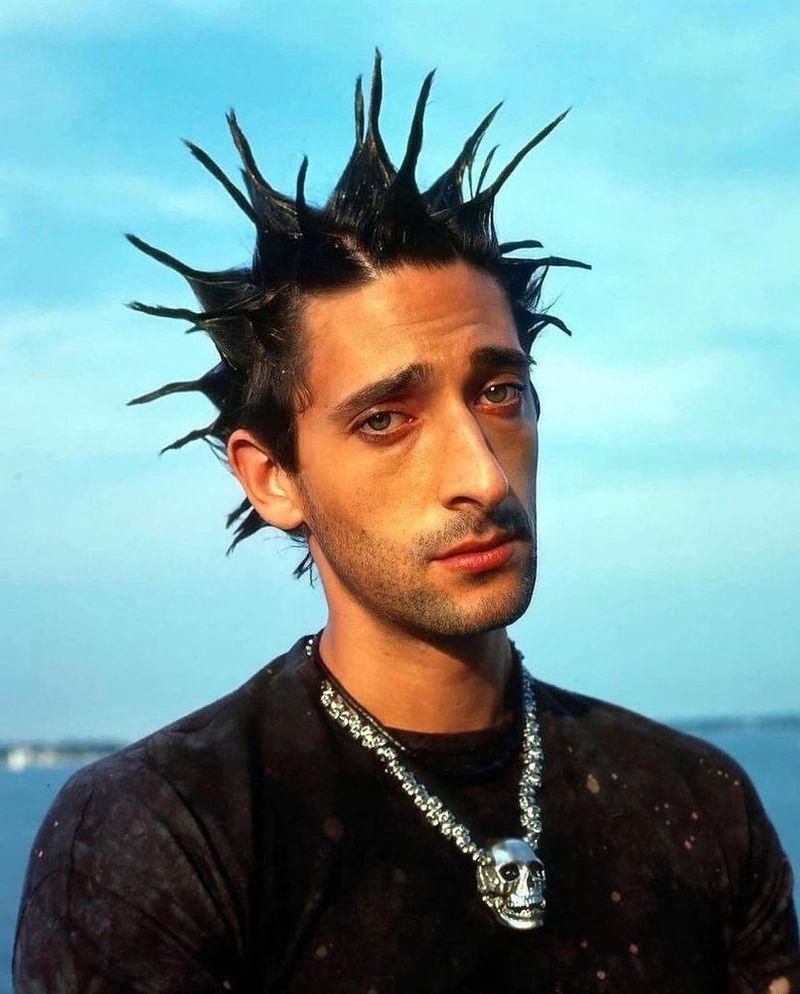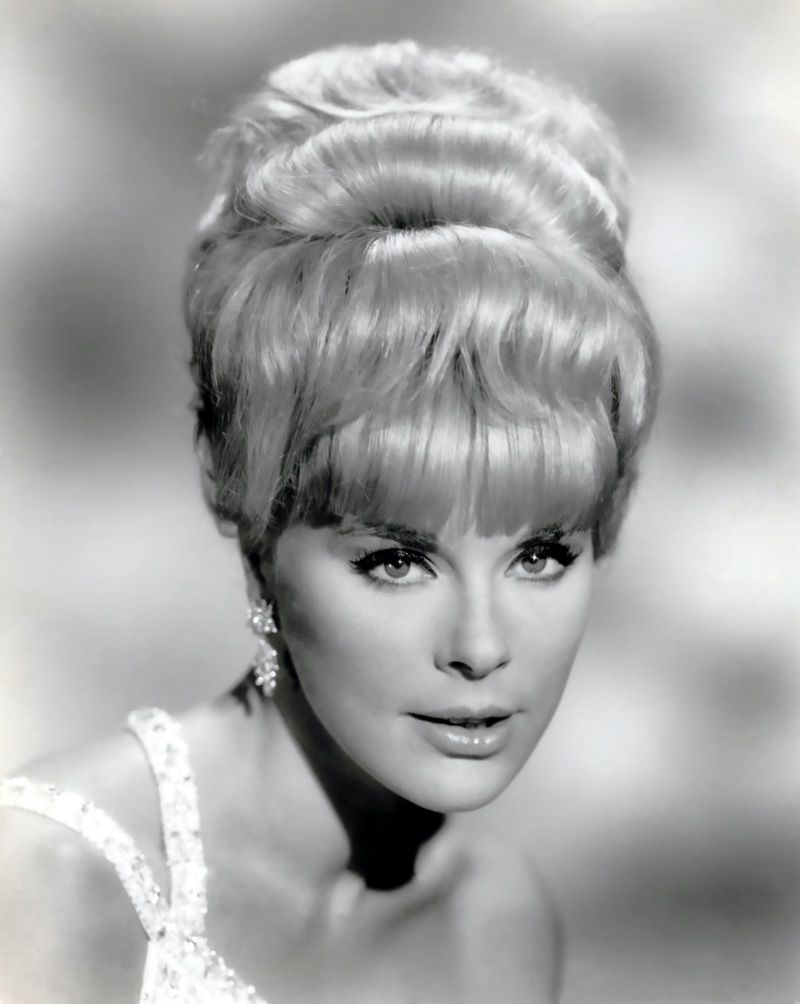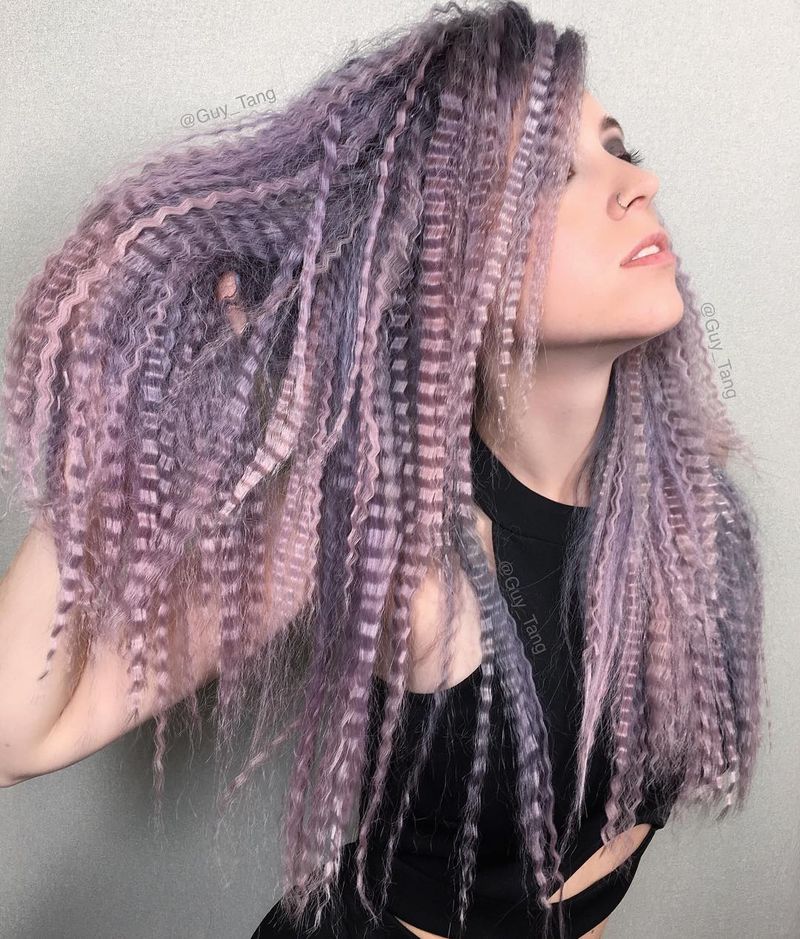The 1970s was a decade of bold fashion choices, and hairstyles were no exception. From voluminous manes to quirky cuts, these styles were a reflection of the era’s spirit. However, not all of these trends have stood the test of time.
In today’s fashion-conscious world, some of these hairstyles might seem a bit too outrageous or impractical.
Let’s take a nostalgic journey back to this era and explore 15 iconic 1970s hairstyles that would likely be banned today for their wild and whimsical nature.
1. The Beehive Extravaganza
The beehive hairstyle of the 1970s took volume to new heights. Women would spend hours teasing their hair into towering structures. This style required a can of hairspray to maintain its shape, leading to stiff, lacquered locks.
The beehive was not only a fashion statement but also a badge of patience and persistence. Yet today, such gravity-defying heights may be seen as impractical and excessive.
While it evoked a sense of elegance and poise, contemporary tastes lean towards natural and relaxed looks. The beehive’s reign is truly a relic of the past.
2. The Afro Power
In the 1970s, the Afro was more than just a hairstyle; it was a symbol of cultural pride and identity. Embracing natural texture, this hairstyle stood as a powerful statement against societal norms.
To achieve the perfect Afro, careful grooming and maintenance were essential. However, its boldness might be seen as rebellious today, in a world that often favors subtler styles.
Despite its potential ban, the Afro remains an important cultural icon. Its legacy continues to inspire individuals to embrace their natural hair with pride and confidence.
3. The Mullet Madness
Business in the front, party in the back – the mullet was the epitome of duality. Popular in the 1970s, this hairstyle showcased contrasting lengths, requiring regular upkeep to balance both aspects.
While it was seen as functional, today’s fashionistas might find the mullet’s split personality confusing. In a society that celebrates individuality and freedom of expression, the mullet’s rigid form feels outdated.
Yet, for those who dare to be different, its quirky charm might still hold appeal. The mullet lives on as a daring choice for the adventurous soul.
4. The Shag Sensation
The shag cut embodied the carefree spirit of the 1970s, with its layered texture and tousled appearance. This hairstyle offered versatility and movement, making it a favorite among both men and women.
Achieving the perfect shag required a skilled hand and a keen eye for balance. Today, however, the shag might be considered too disheveled for formal settings.
In an era that appreciates polished and sleek looks, its casual nature stands out. Despite its potential ban, the shag remains a favorite for those seeking an effortlessly cool vibe.
5. Feathered Finesse
The feathered hairstyle, popularized by icons like Farrah Fawcett, was all about volume and flow. Structured yet soft, it required precise cutting techniques and ample styling products to achieve its distinctive flipped ends.
While it captured the essence of ’70s glamour, today’s trends may see it as too labor-intensive. Modern preferences for minimalistic styles make feathered hair seem excessive.
However, its influence remains, inspiring those who wish to channel a vintage allure. Feathered finesse is a testament to the era’s dedication to elaborate and expressive hair fashion.
6. The Dorothy Hamill Wedge
The Dorothy Hamill wedge was a short, sleek style that brought a fresh, youthful energy to the 1970s. Crafted into a bowl shape, it required precision cutting to maintain its distinctive look.
Although highly fashionable at the time, today’s style enthusiasts might view it as overly structured. The wedge’s strict form contrasts with contemporary desires for organic and fluid hairstyles.
Despite this, the wedge’s iconic status endures, particularly among those seeking a retro vibe. This hairstyle’s charm lies in its ability to evoke nostalgia while making a bold statement.
7. The Pageboy Perfection
The pageboy cut of the 1970s was all about simplicity and elegance. Featuring straight, even-length hair with inward-curved ends, it was both practical and stylish. This haircut required regular trims to maintain its polished look.
However, in today’s world of dynamic hair trends, the pageboy might be seen as too uniform. As fashion embraces diversity and individuality, such rigid styles feel out of place.
Nonetheless, the pageboy remains a favorite for those who appreciate classic beauty. Its understated allure continues to draw admirers seeking timeless sophistication.
8. The Mop-Top Madness
The mop-top was a youthful, rebellious hairstyle that resonated with the music-driven culture of the 1970s. Characterized by its wild, voluminous curls or waves, it exuded a carefree and playful vibe.
Maintenance involved managing frizz and ensuring just the right amount of unkempt flair. Today, this hairstyle might clash with the clean-cut preferences of the modern era.
Yet, its charm lies in its ability to capture a sense of youthful exuberance. The mop-top remains a go-to for those unafraid to embrace their inner rockstar.
9. The Pixie Revolution
The pixie cut of the 1970s was a bold move for anyone willing to embrace short hair. It showcased facial features, requiring confidence to pull off. This style was both chic and practical, appealing to those seeking low maintenance.
However, its daring length might be too extreme for some today. In a world that often associates femininity with longer locks, the pixie’s rebellion stands out.
Nonetheless, it remains a favorite for those who value simplicity and ease. The pixie cut is a timeless choice for the fashion-forward.
10. The Bowl Cut
The bowl cut was a staple of 1970s childhood, with its straightforward and uniform shape. Often cut level around the head, it was easy to maintain but lacked individuality. This style made a practical choice for busy parents.
However, in today’s diverse fashion scene, the bowl cut may be criticized for its simplicity. As self-expression becomes paramount, such uniformity feels outdated.
Despite this, the bowl cut’s innocent charm holds nostalgia for many. It remains a playful option for those who embrace its quirky appeal.
11. The Farrah Flip
The Farrah Flip became synonymous with 1970s glamour, defined by its voluminous layers and outward flips. It required dedication to achieve the perfect bounce and shine. While embodying the era’s vibrant spirit, today’s trends favor ease and minimalism.
The flip’s complexity might feel excessive now. Yet, its legacy lives on, inspiring those who seek a touch of retro flair. The Farrah Flip remains a tribute to the dedication of ’70s stylists. For those drawn to its allure, it offers a glimpse into a time of bold expression.
12. The Curly Perm Craze
The curly perm of the 1970s brought structured curls to the forefront of hair fashion. Achieving this look involved chemical treatments, offering long-lasting curls. While perms provided a permanent style solution, they often resulted in damaged hair.
In today’s health-conscious world, such practices may be frowned upon. Despite this, the perm’s voluminous curls remain iconic.
For those who love a statement look, it offers a bold, textured style. The curly perm’s charm lies in its ability to transform hair, creating a distinct and lasting impression.
13. The Punk Mohawk
The mohawk of the 1970s was a daring expression of rebellion and individuality. Featuring shaved sides and a central strip of standing hair, it defied conventional beauty standards. This style required regular upkeep to maintain its edgy appearance.
Today, the mohawk might be seen as too radical for mainstream acceptance. Yet, it’s celebrated within alternative fashion circles.
The mohawk’s impact is undeniable, challenging norms and inspiring self-expression. For those who dare to be different, it remains a powerful statement of identity and defiance.
14. The Bouffant Bounce
The bouffant of the 1970s was all about height and volume. It required careful teasing and copious amounts of hairspray to achieve its signature look. This style symbolized elegance and sophistication, perfect for formal occasions.
However, the bouffant might be deemed excessive today, as minimalist trends dominate. Despite this, its glamorous appeal endures, especially for those who favor vintage fashion.
The bouffant is a nostalgic nod to a time when bigger was better. Its dramatic flair continues to captivate those who appreciate bold elegance.
15. The Crimped Craze
Crimping became popular in the late ’70s, adding texture and dimension to hair. This style involved using heated tools to create zigzag patterns, resulting in a unique and playful look. While crimping offered a way to stand out, the process could damage hair.
Today, the focus on hair health might discourage such practices. Nevertheless, crimping remains a fun option for those willing to experiment. Its textured charm is ideal for adding a retro twist to modern styles. Crimping’s playful nature beckons to a time of carefree creativity.

